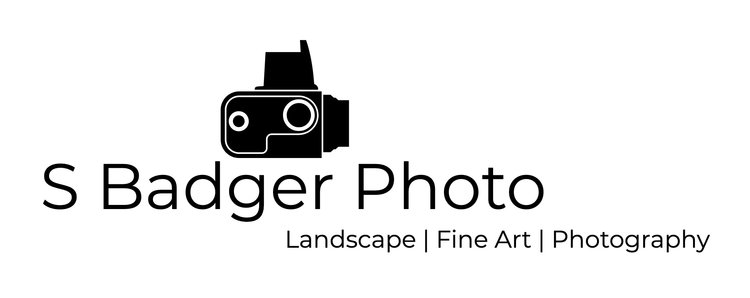June 10th -- 24th, 2016:
Hi there,
Before I get started, just some background: I'm a Natural Resources student at Oregon State University at the Cascades Campus in Bend. This trip was part of a study abroad program which took 10 students to learn about natural resource management in another country. Costa Rica because it's closer to the equator, has rich diversity in plant and wildlife. There are several interesting things going on in this beautiful country, its high annual rainfall permits it to use hydroelectric power to sustain itself without the use fossil fuels for several months each year. This has led Costa Rica to be one of the most green developing countries in the world. However, that doesn't mean its growth has been trouble free, far from it in fact.
But this is not a Natural Resources blog, this is film. I brought a little (relatively for medium format) Yashica-D Twin Reflex camera with me.
Yashica-D 6x6 Twin Lens Medium Format Camera with 400 speed slide film.
My best friend Mike cleverly captured a pic of me standing in front of a Kodak sign.
On June 10th 2016, I journeyed down to LA. I had to go there as part of my connecting flights anyway so I left a few days early to hang out with my best friend since high school before the last leg to meet my classmates and professor in San Jose, Costa Rica. This is the first time I've really shot medium format. I've shot 35mm plenty in the past but medium format photography is a whole different animal. Especially when working with a fully mechanical camera and using a light meter to calculate the proper exposure. With that combination, there are plenty of opportunities for something to go wrong. Mistakes and equipment failure did certainly happen on this trip. This was also my first experience with slide film, which I would soon learn its unforgiving nature. Compared to color negative and black/white film, slide film has a very narrow tolerance for under (2 stops) and overexposure (1 stop). It also has a narrower dynamic range, meaning it doesn't record shadows as dark or highlights as bright like negative film types would. The benefit, however, when the exposure is correct, is unbeatable color, clarity, and detail.
My first mistake was shooting slide film as I would color negative. Meter for the shadows without paying close attention to the highlights. I also did not utilize the spot meter function on my Sekonic L-508. A mistake that cost me a roll of slide film, there's not a single shot worth sharing from that first roll because I blew the exposure out too much. At least I was consistent I guess... I did make adjustments later in the trip on later rolls of slide film because I suspected my process was wrong on the first day, thankfully.
I also shot Kodak Ektar which is color negative. This particular film is interesting, it's an attempt to mimic slide film. It has more vivid colors than other color negative films but also retains some of the forgiveness of color negative as well. Sadly, kodak no longer makes slide film but it's still an impressive alternative nonetheless.
All the following images are processed by thedarkroom lab:
Kodak Ektar 100.
Kodak Ektar 100. Mike watching the surfers.
Kodak Ektar 100. At the Buddhist temple in Chinatown. I blew out the highlights but checkout the detail on the pillar, this is what I metered for.
Fuji Provia 400x. Shot on the Monteverde University campus in San Jose, Costa Rica. Still slightly overexposed but I love the color.
Provia 400x. My class walking through the Monteverde main campus in San Jose, Costa Rica.
Provia 400x. The last usable shot before my camera broke. The film advance mechanism stopped working entirely. The spots on top are from thedarkroom lab when they connected the pin onto the slide when the film dried. Which is something I wasn't thrilled to see.
Unfortunately I don't have much else to share. My camera broke within two days of arriving in Costa Rica but hey the Yashica-D was produced from 1958-1974, it's an old camera! I did get it fixed, more on that on the next blog post. Overall, it was a great learning experience, a little expensive, but it was challenging to shoot with only one camera that couldn't exchange lenses.
Steve Badger
Follow me on Instagram and Flickr:
<- More content on following pages
